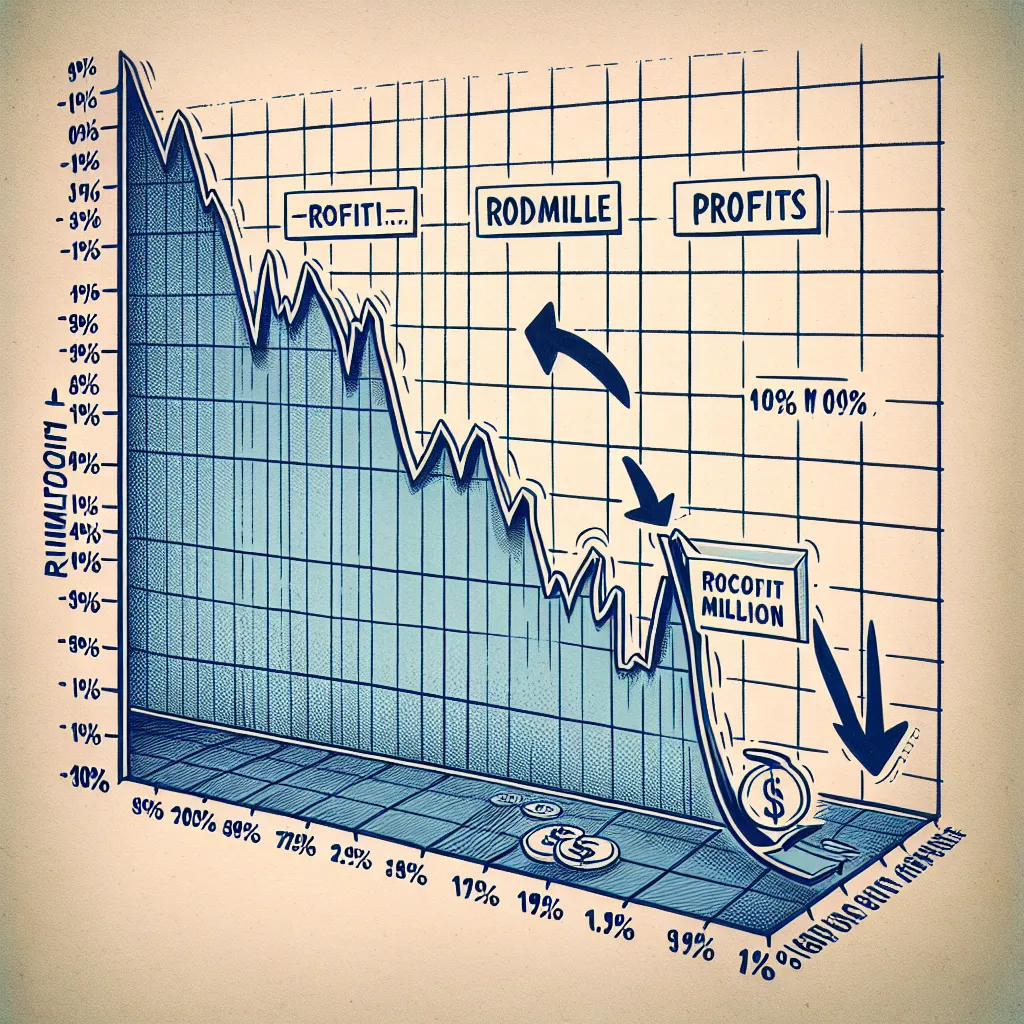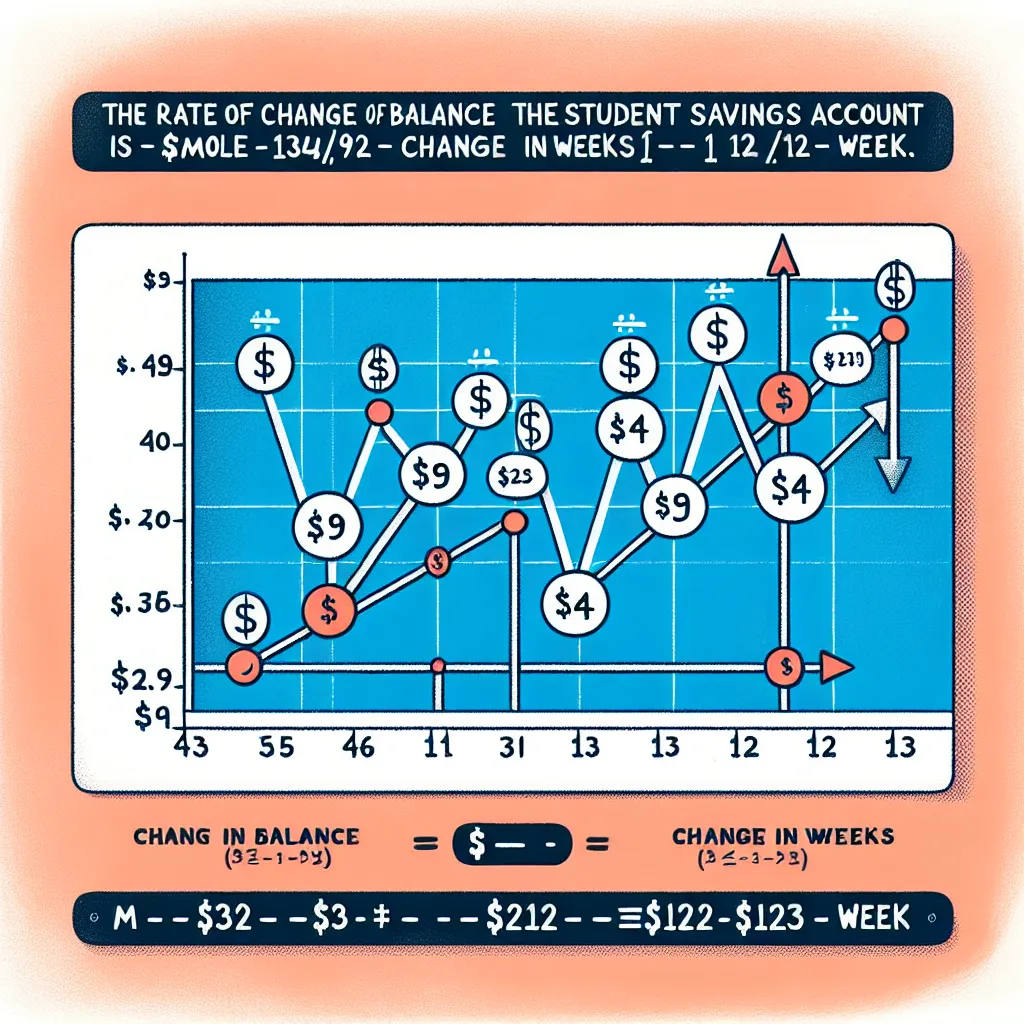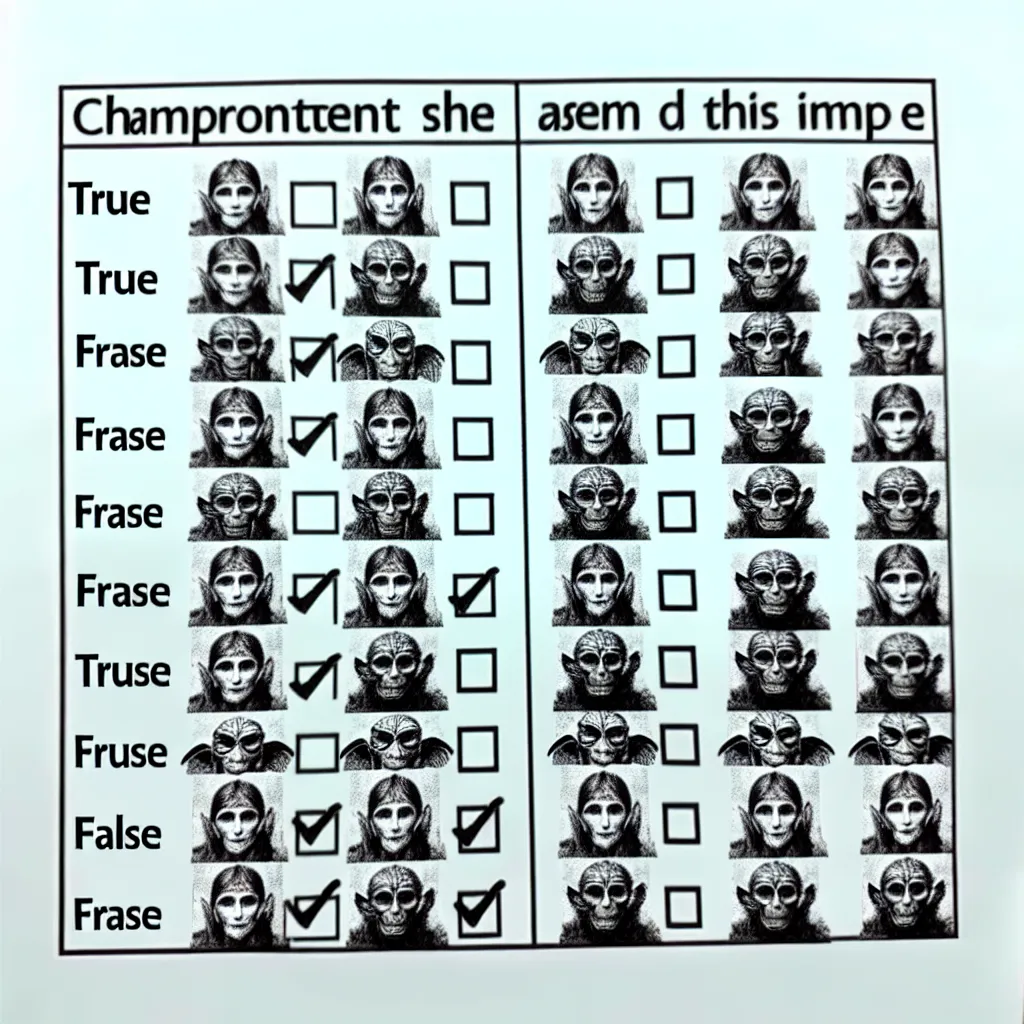Ask AI on The Internet
Question: True or false? A company making $1 million profit after expenses one quarter that loses $1 million the next quarter has seen a 200% decrease in profits.
False. The percentage decrease in profits is calculated differently. Here's a step-by-step explanation: 1. In the first quarter, the company made $1 million in profit. 2. In the second quarter, the company lost $1 million, which means the profit change is $1 million to -$1 million. To calculate the percentage decrease: - The decrease in profit is $1 million (profit in the first quarter) minus (-$1 million) (profit in the second quarter), which totals to a $2 million change. - The percentage decrease formula is: \((\text{Decrease in profit} / \text{Original profit}) \times 100\). So, \((\$2\text{ million} / \$1\text{ million}) \times 100 = 200\%\). However, since the dollars moved from a positive profit to a negative profit, this simple calculation might not fully capture the nuance of going from profit to loss. But mathematically speaking, considering only the numeric change, the apparent decrease indeed calculates to 200%. Note: Some might consider representing the final state (a negative value) in broader financial analysis, but strictly speaking about the percentage change, 200% is the result. Thus, the assertion in the question is technically false because it doesn't acknowledge the profit increasing "negatively" beyond zero. It's better stated as a 200% swing to a loss, not just a decrease in profits.
Think your answer is better than the AI's? Post it below.
If you want your question answered by an AI, click here.







Post your own comment: